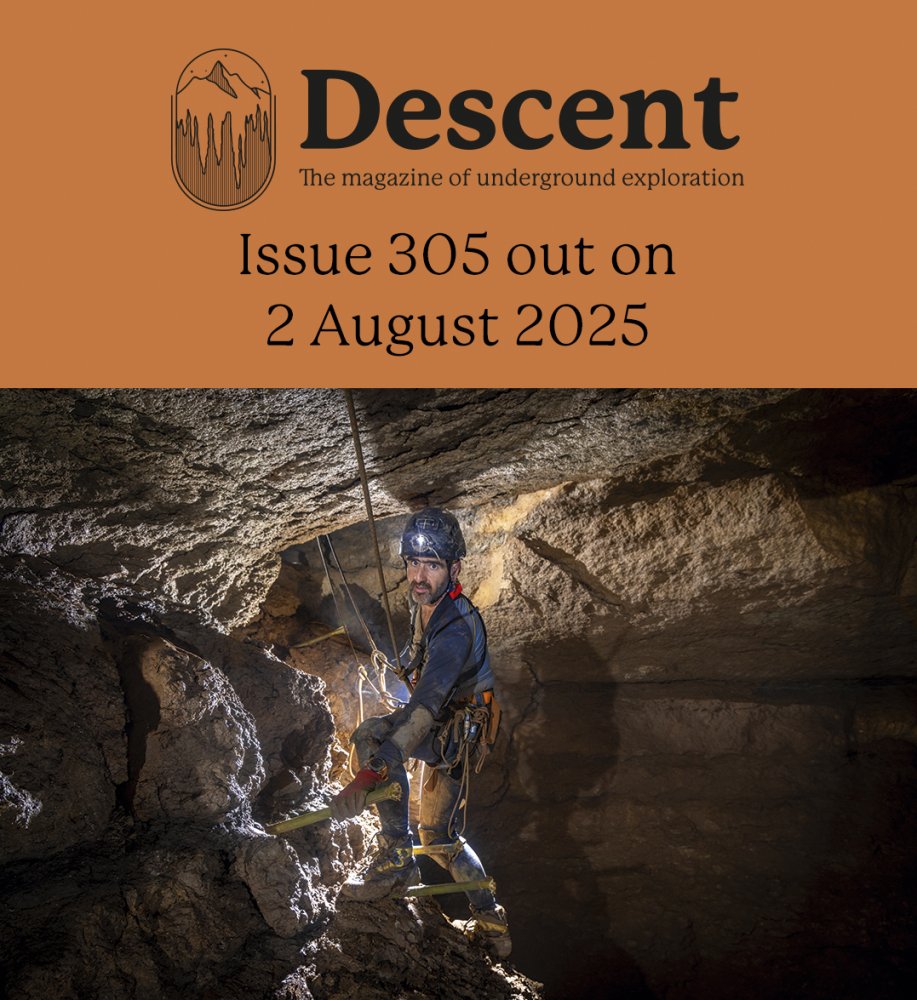Goydenman
Well-known member
Close to the Nidderdale Goyden cave system is Limley Lead mine. The portal is used as a gear storage area such as boards, old rope and buckets etc. We dug the mine adit to find a very small extension. The way on from there was not only blocked worth fill but missing the walling. Research found that the adit was backfilled and walls removed before the installation of a railway up the dale to build the dams. Recent further research by Tony Cook of the Black Sheep Diggers compared late 1800's maps with modern ones to locate the position of the lost airshaft. The mine is associated with the caves in the area so we were keen to get in there. Digging by hand would be too big a project but then the land owner and tenant farmer offered their support plus the loan of an excavator. The data showed the shaft to be at the top of the field by the wall, the farmer's feeling was that it was further down the field at the site of an obvious crater. Over the years he has been tipping in rubble only for it to still sink away. June 24th came and time to use the excavator. BSD cavers family and friends turned out, the weather was hot. The site by the wall was dug 4m square and nearly 3m deep. The Crater was then dug to about 4m. No mining activity was found in either site nor cave. Although the day did not yield a result it was fun, a good social gathering and clearly showed the strong positive relationship we have built with the local community a benefit for BSD cavers and visiting ones to Nidderdale.








